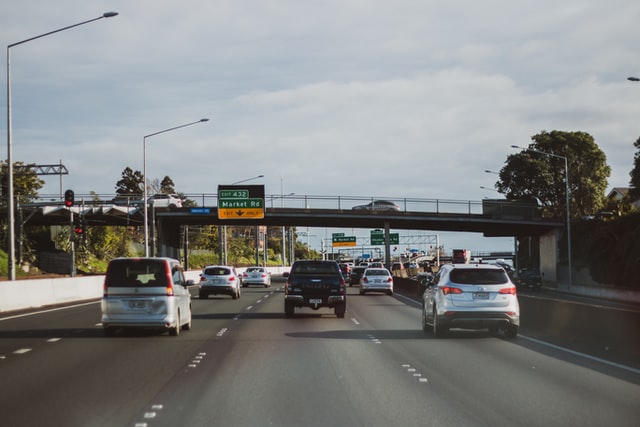Every year, more than 1.35 million people die in road accidents worldwide, with India alone accounting for 11 percent of the global road fatalities, according to a report on Autocar India. The 6th Global Road Safety Week was marked with a new plan to cut road accident deaths by 50 percent. The new global strategy for 2021-2030 road safety is under UN’s Resolution 74/299 to make roads worldwide safer.
According to the UN, inappropriate and excess speed are risk factors for road traffic accidents, injuries, and deaths contributing to about one-half of road fatalities in developing countries. In high-income countries, over-speeding causes approximately one-third of road crashes. This year the 6th UN global road safety focused on safer streets or streets for life. While advanced car technologies like 3D holographic heads-up displays could improve road safety, safe speed limits of 30km/h or 20mph are key to creating green and livable streets. Below are compelling benefits of reducing driving speeds.
Low speed limits save lives
A reduction of about 1.6km/h or one mph in vehicle speeds on urban roads can significantly reduce crashes. As a result, it can eliminate the need to investigate fatal car accidents, which is time-consuming and stressful. Typically, when you drive at a low speed, you have a wider field of vision, meaning you’re able to notice other road users. You can also stop within a shorter distance to avoid potential car crashes with other motorists, cyclists, or jaywalkers. Interestingly, driving at reduced speed limits increases the chances of survival even if an accident occurs. For example, let’s say you’re driving at 30km/h and accidentally hit a pedestrian or cyclist. The car crash victim will have a 90 percent chance of living. However, if someone is hit by a car at 40km/h, the chance of survival decreases to 70 percent.
Designing for road safety fosters healthier communities
Designing speed-slowing road infrastructures like raised sidewalks, narrow lanes, and curb extensions also make life easy for pedestrians. That’s because they can cross roads without worrying about being hit by an over-speeding vehicle. Additionally, safer roads encourage individuals to walk or cycle instead of driving. Doing so fosters a green and healthy community because there’s a reduction of carbon emissions from cars. The rate of vehicle collisions that put the lives of jaywalkers and cyclists also decreases.
Increased traffic efficiency
In addition to saving lives, setting safe speed limits boosts efficiency on the roads. It’s natural to assume that lowering speed limits increases travel time and traffic congestion, but that’s not the case. Instead, reduced speed limits are more convenient and efficient because they eliminate the likelihood of bottlenecks. Moreover, with a uniform speed on the roads, traffic authorities can time lights according to speed limits. This means more green time for motorists, reduced crashes and traffic jams.
Overspeeding is one of the leading causes of fatal road traffic accidents worldwide. That’s why the UN is urging drivers to reduce speed limits on the road. Even a 5 percent reduction in the average driving speed can result in a 30 percent decrease in fatal road accidents. Safe speed limits also reduce traffic congestion and encourage individuals to embrace green transportation like walking and cycling.

Aftab Hussain is a versatile journalist who covers a wide range of news topics with depth and precision. His commitment to delivering unbiased reporting ensures that readers stay well-informed about the most significant events and stories shaping India and the world.

